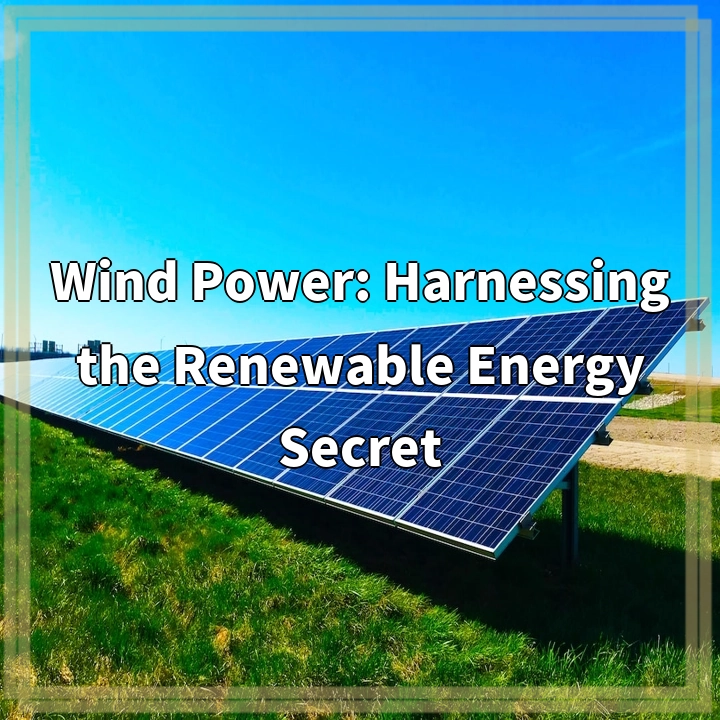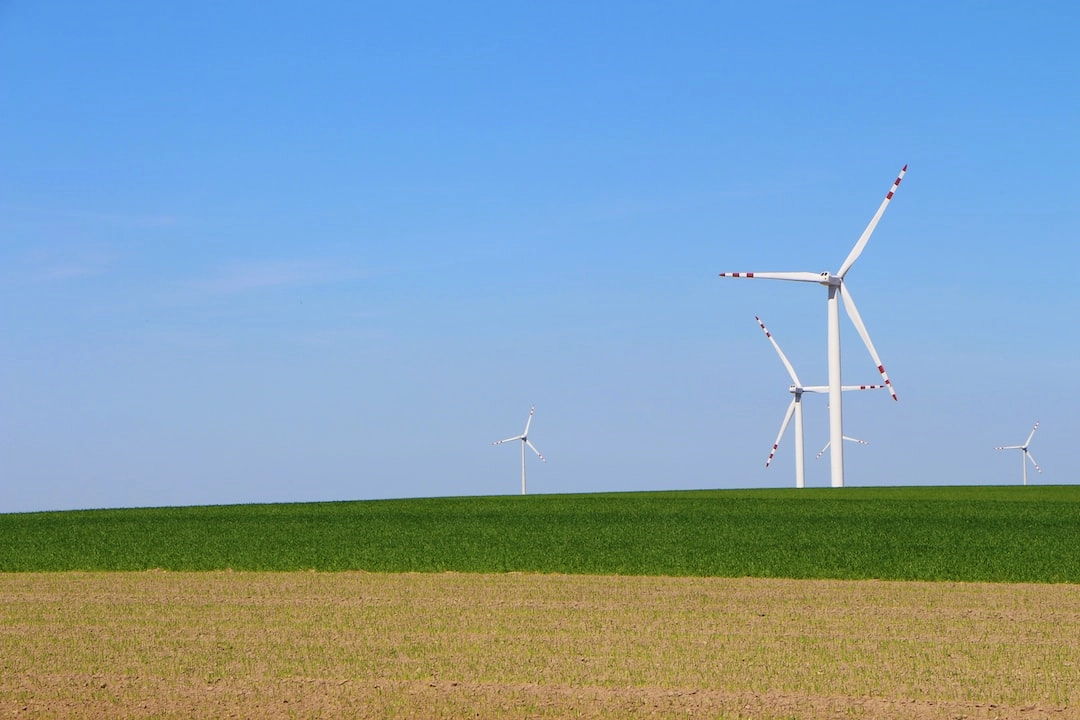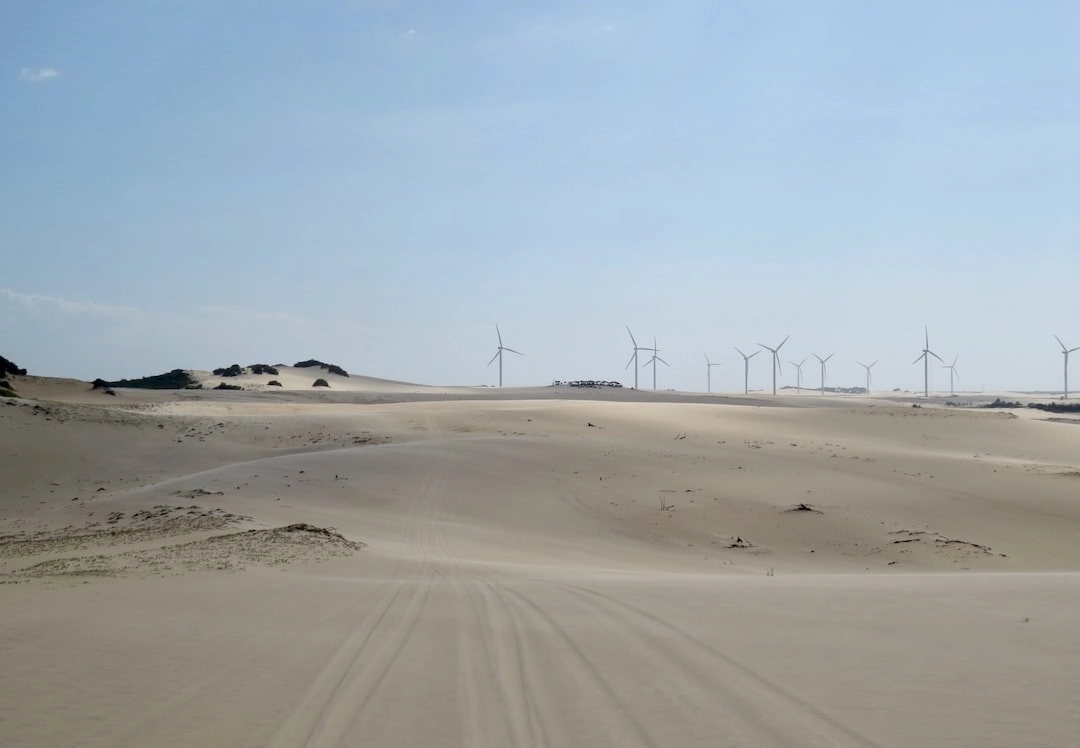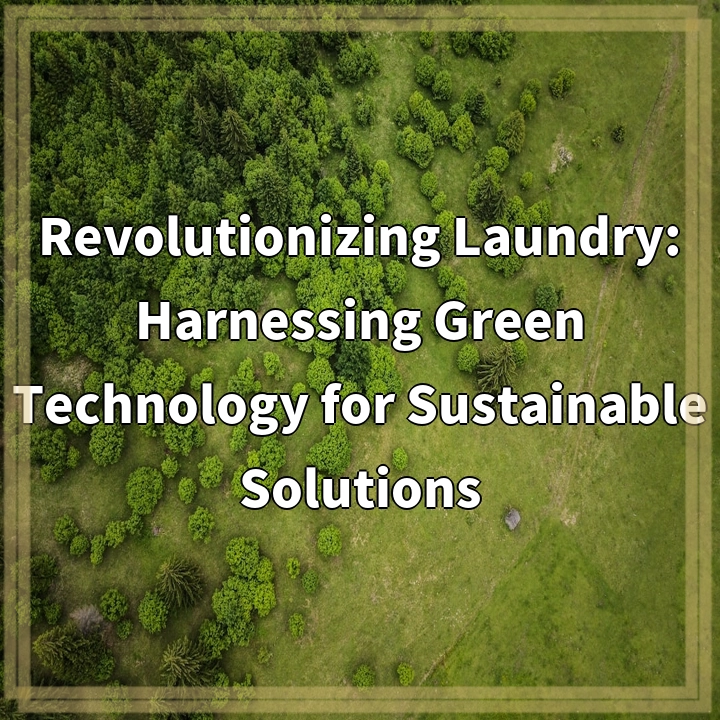
What is Wind Power?
Wind power is a form of renewable energy that harnesses the power of the wind to generate electricity. It involves the use of wind turbines, which are mounted on tall towers and equipped with large rotor blades. As the wind blows, it causes the rotor blades to spin, converting the kinetic energy of the wind into mechanical energy. This mechanical energy is then used to generate electricity through a generator.
Real-World Problems Associated with Wind Power
1. Intermittency and Variability
One of the main challenges with wind power is its intermittency and variability. The availability of wind is not constant and can fluctuate throughout the day and across seasons. This means that wind power cannot provide a consistent and reliable source of electricity on its own. To mitigate this issue, wind power is often combined with other sources of energy, such as solar or traditional power plants, to ensure a stable energy supply.
2. Dependence on Location and Landscape
Another challenge is the dependence on location and landscape. Not all areas have consistent and strong enough wind resources to support effective wind power generation. Furthermore, wind turbines require substantial space and infrastructure, making it challenging to implement wind power projects in densely populated areas or regions with limited available land.
3. Environmental Impact
Although wind power is a clean and renewable energy source, it is not entirely without environmental impact. The construction and installation of wind turbines can disrupt natural habitats and bird migration patterns. Additionally, noise pollution and visual impacts may be concerns for nearby communities. Careful planning and consideration of these factors are necessary to minimize the environmental footprint of wind power projects.
4. High Initial Costs
Setting up wind power infrastructure requires significant upfront investment. The costs associated with technology, land acquisition, and transmission infrastructure can be substantial. However, it is important to note that while the initial investment may be high, wind power has the potential for long-term cost savings as it relies on a free and abundant resource – the wind.
In conclusion, while wind power offers numerous benefits as a clean and renewable energy source, it also faces certain challenges in the real world. From intermittency and location dependence to environmental considerations and high initial costs, addressing these problems is essential to maximize the potential of wind power and make it a key player in the global transition towards sustainable energy solutions.

Solutions to Real-World Problems Associated with Wind Power
1. Embracing Energy Storage Technologies
To address the intermittency and variability of wind power, energy storage technologies such as batteries can be employed. These technologies store excess energy generated during peak wind conditions and release it during periods of low wind activity. By integrating advanced energy storage systems into wind power projects, a more stable and reliable energy supply can be achieved.
2. Conducting Thorough Site Assessments
To overcome the challenges related to location and landscape, thorough site assessments need to be conducted before implementing wind power projects. This includes careful analysis of wind resources, topography, infrastructure availability, and potential environmental impacts. By selecting suitable locations and optimizing the turbine placement, the efficiency and sustainability of wind power installations can be maximized.
3. Implementing Effective Avian and Wildlife Protection Measures
To mitigate the environmental impact of wind power on bird populations and wildlife, robust mitigation measures should be implemented. This can include conducting thorough environmental impact assessments, considering bird migration patterns and habitats, and utilizing technologies such as radar systems to monitor avian activity. By adopting best practices and collaborating with conservation experts, wind power projects can coexist harmoniously with the natural environment.
4. Encouraging Policy Support and Financial Incentives
Governments and policymakers can play a crucial role in promoting the growth of wind power by offering policy support and financial incentives. This may include providing grants, subsidies, or tax credits to reduce the high initial costs and encourage investment in wind power infrastructure. Clear and stable regulatory frameworks can also provide certainty and attract investors, helping to accelerate the adoption of wind power globally.
By implementing these solutions, the challenges associated with wind power can be effectively addressed. Embracing energy storage technologies, conducting thorough site assessments, implementing effective mitigation measures, and providing policy support and financial incentives will contribute to the continued growth and success of wind power as a vital component of our sustainable energy future.















